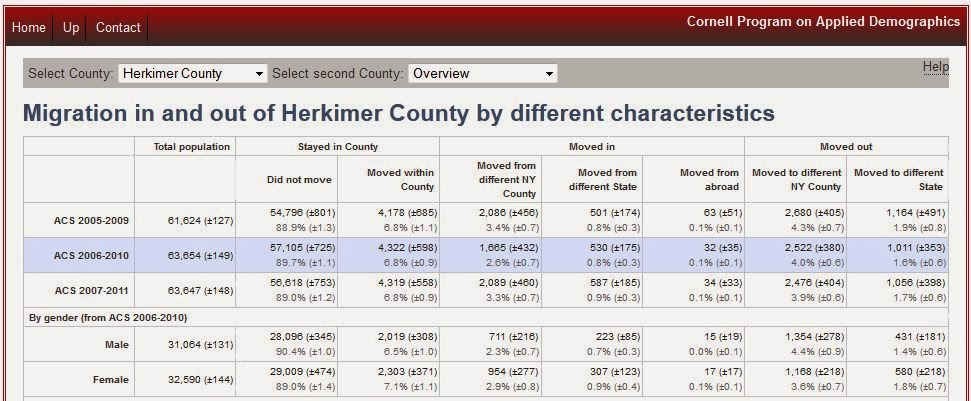
Expressing one's love to another is a celebrated custom on
Valentine's Day. Sweethearts and family members present gifts to one
another, such as cards, candy, flowers and other symbols of affection.
Opinions differ as to who was the original Valentine, but the most
popular theory is that he was a clergyman who was executed for secretly
marrying couples in ancient Rome. In A.D. 496, Pope Gelasius I declared
Feb. 14 as Valentine Day. Esther Howland, a native of Massachusetts, is
given credit for selling the first mass-produced valentine cards in the
1840s. The spirit continues today with even young children exchanging
valentine's cards with their fellow classmates. Here's just a few of the Valentine's relevant numbers, as found through various Census resources.
Candy
1,148
♥ Number of U.S. manufacturing establishments that produced chocolate
and cocoa products in 2011, employing 35,538 people. California led the
nation with 122 of these establishments, followed by Pennsylvania, with
109.
Source: U.S. Census Bureau, County Business Patterns: 2011
440
♥ Number of U.S. establishments that manufactured nonchocolate
confectionary products in 2011. These establishments employed 19,198
people. California led the nation in this category with 56
establishments.
Source: U.S. Census Bureau, County Business Patterns: 2011
$13.5 billion
♥ The estimated value of shipments in 2011 for firms producing chocolate and cocoa products.
Source: U.S. Census Bureau, 2011 Annual Survey of Manufactures, Products and Services
♥ Non-chocolate confectionery product manufacturing, meanwhile, was an estimated $8.4 billion industry.
Source: U.S. Census Bureau, 2011 Annual Survey of Manufactures, Products and Services
3,320
♥ Number of confectionery and nut stores in the United States in 2011.
Source: U.S. Census Bureau, County Business Patterns
























